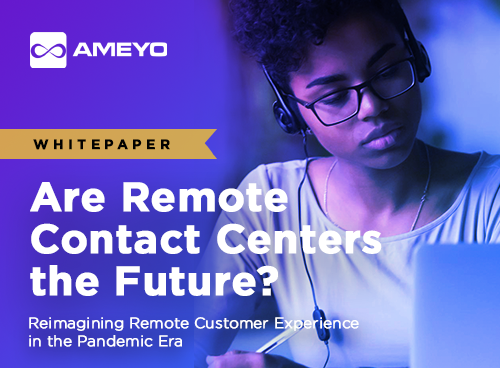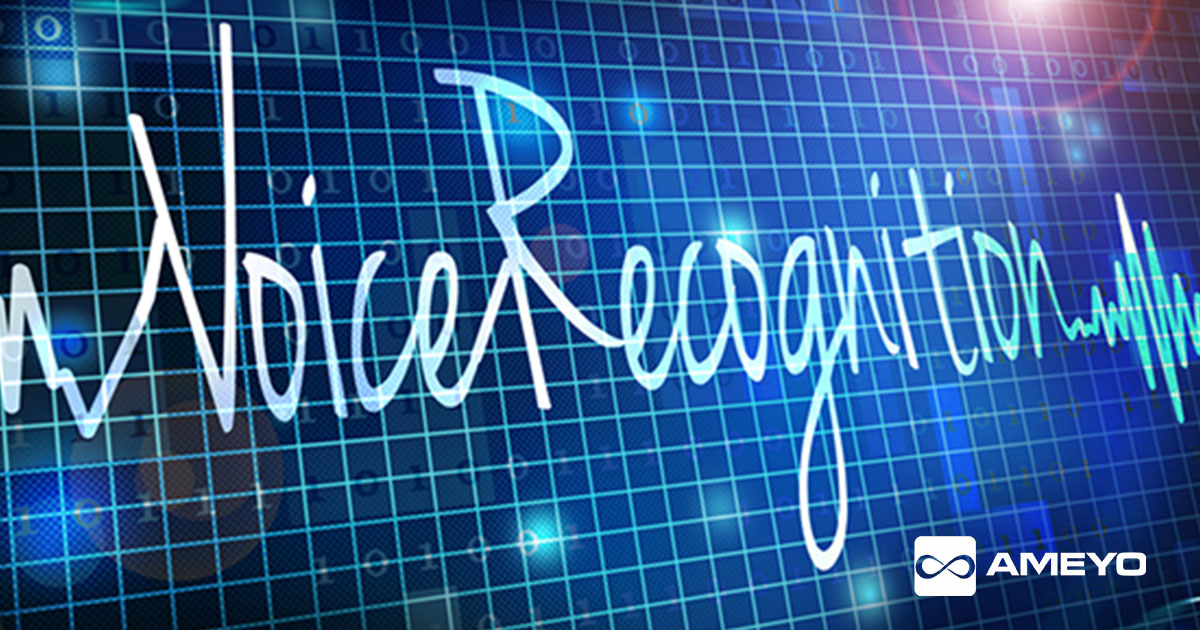Call centers all around the world are at extreme risk from fraudsters. All it takes is one call or code for fraudsters to get access to various user accounts and important details. Callers who use low-cost communications carriers can fool call center agents by using publicly available data. Stolen information also becomes a problem while verifying users before big transactions.
There are 3 key security areas where call centers fail:
- PINs: Personal Identification Numbers (PINs) can be easily stolen from ATMs or phishing attacks. When call centers use PINs to authenticate users, they don’t take this into consideration. Moreover, most people use the same password in as many places as possible, as it is easy to remember. Unfortunately, this gives fraudsters the opportunity to access all the platforms that are linked to the password. This information can be used to dupe call center agents.
- Knowledge-based authentication: This essentially means that authentication is given by asking life history questions. The problem with this method is that many legitimate users also forget the answers to these questions. This makes it harder for agents to differentiate between users and fraudsters. The latter can also use stolen information to clear this authentication process.
- Caller ID: This is not considered to be effective anymore as criminals can easily circumvent the caller ID by using anonymizer services. These services hide the actual location and phone number of the person calling.
While facing all these problems, call centers have come up with a new way to detect fraudsters – Voice Biometrics. Based on NICE voice biometrics technology, this method enables call centers to store voices and use them for comparison. Call center agents can now use this technology to store the unique voiceprints of people. Agents can also store fraudsters voices and blacklist them from future calls and transactions.
Although this technology was mainly being used by Intelligence and law enforcement agencies, their usage is increasing to other professions and departments. Voice biometrics is a low-cost system that records the voiceprint of users in the beginning and compares their voiceprint, whenever they call.
Registering Users
For this system to work, users have to register their voices in the beginning. For text-dependent or passphrase based biometrics, callers have to repeat certain words and phrases so that their voiceprint can be recorded. These voiceprints are completely unique, muck like fingerprints and retina scans. The voice of callers can be confirmed by asking them to repeat these phrases or words. In text-independent or continuous biometric systems, a caller’s voiceprint is recorded in the background as they speak and verified during consecutive calls.
When voiceprints don’t match a caller, the system identifies the level of risk associated with each call. If a call is marked ‘high risk’, senior authorities can be notified for further investigations.
In most cases, voice biometric systems can be created to the specific requirements of each call center, depending on existing processes and call flows. Integration is simple, efficient and quick.
The Advantages
Voice biometrics has many advantages for both callers and customer center agents. Here’s a list of its main advantages:
- Save Time
Callers and agents can both save a lot of time, as there are no redundant questions to ask/answer for every call. The typical process involves a list of questions about life history for callers to answer every time they call – this is no longer necessary. Biometrics save time and make the verification non-invasive.
- Save Money
In the call center business, time is money. The 15-30 seconds that were previously used for verification can now be replaced or reduced. For centers with a high volume of calls, their savings will become quite evident.
- Easy Integration
Voice biometric systems are relatively easy to install as there are no additional equipments required. All callers need is a phone to register and the rest is taken care of.
- Customer experience
The main aim of call centers is customer experience. With voice biometrics, agents can fully focus on the call without worrying about compromising security.
A Layered Strategy
For call centers that are looking to improve customer experience with no extra expenses, voice biometrics is an obvious choice. Critics have pointed out that voices can be modified and synthesized, making it harder to identify fraudsters. A layered strategy that uses voice biometrics with another process, called Phone Printing.
Phone Printing identifies the location of the call and the type of phone (mobile, landline etc) being used. Agents can then verify these locations to that of the corresponding users to identify the caller as a fraudster.
Both Voice Biometrics and Phone Printing can be combined to identify and blacklist fraudsters. Since 70% of phone call frauds are conducted by the same people, these systems can help drastically. This takes a huge burden off call center workers, as they can give their full attention to the callers. This also improves the efficiency and operation of call centers.


